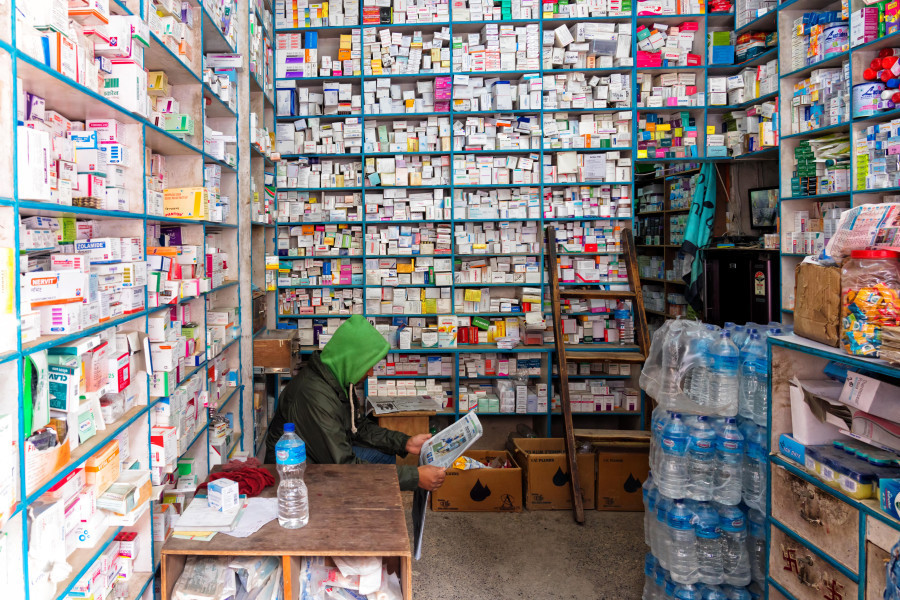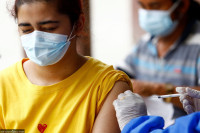Health
Under two percent medicines in the market tested in nine months
As drugs regulator is acutely short of staff, its lab is unable to perform timely tests.
Arjun Poudel
In nine months of the current fiscal year, the Department of Drug Administration has tested 348 samples of medicines collected by its drug inspectors from across the country.
Of nearly 20,000 medicines, both registered and unregistered ones in the market, drug inspectors had collected for testing hundreds of samples of drugs suspected to be substandard.
However, the department, which is also the national regulatory body of the drug market, carried out tests on less than two percent of the total registered drugs in the country.
“Some samples of medicines collected by our drug inspectors some 13 months ago are yet to be tested,” said Narayan Dhakal, director general of the department. “Some samples suspected to be substandard and collected for a quality test might already have expired.”
Ensuring the quality of medicines being prescribed to patients is the responsibility of the department. Its drug inspectors collect samples of medicines on a random basis from the market and send them for lab tests at the National Medicines Laboratory under the department.
Officials at the DDA said several samples of medicines on which quality testing was carried out in the current fiscal year were found substandard and recalled from the market.
Dhakal concedes that the samples tested by the department are not sufficient to ensure the quality of the medicines.
“We have tested too few samples,” an official at the department said. “And the fact is some medicines on which tests were done were found to be substandard, which means other drugs in the market also could be problematic. Patients might have been taking substandard medicines.”
Experts say the use of substandard medicines could adversely affect patients’ health.
Dhakal said that ensuring the quality of the medicines is also the responsibility of the drug manufacturing companies and it is not possible to test each and every medicine.
“I must concede that we have not tested nearly enough medicines to ensure quality,” said Dhakal. “Several factors including understaffing are responsible for this.”
Around 40 staffers have been serving in the National Medicines Laboratory under the department.
Ensuring the quality of medicines in Nepal has always been an issue, as the national drug regulator grapples with a staff crunch, and its laboratory doesn't have the capacity to carry out timely tests.
Drug inspectors deployed from the DDA take random samples of drugs and send them for testing to the government’s laboratory. If drugs are found problematic or substandard, the department directs the manufacturing companies to recall those drugs from the market. However, the department does not have an effective mechanism to ensure the recall either.
In most cases, delays in testing at the laboratory mean that results come in only after all the substandard drugs in the market have been sold.
While thousands of medicines manufactured by national as well as international pharma companies are being sold from pharmacies across the country, DDA inspectors collect only around 1,000 samples in a year. The inspection work is especially hard as the DDA has just around two dozen drug inspectors tasked with monitoring over 21,000 registered pharmacies and thousands of unregistered ones.
Moreover, it takes several months to examine some medicines as the DDA’s laboratory is understaffed with several posts for technicians remaining vacant. The department allows the drug manufacturing companies to supply medicines to the market directly from the factory.




 13.12°C Kathmandu
13.12°C Kathmandu














